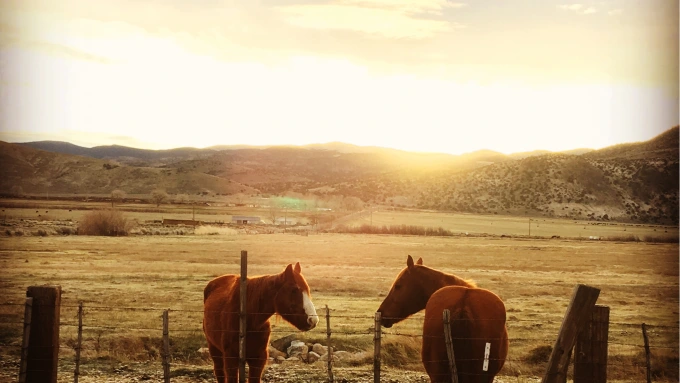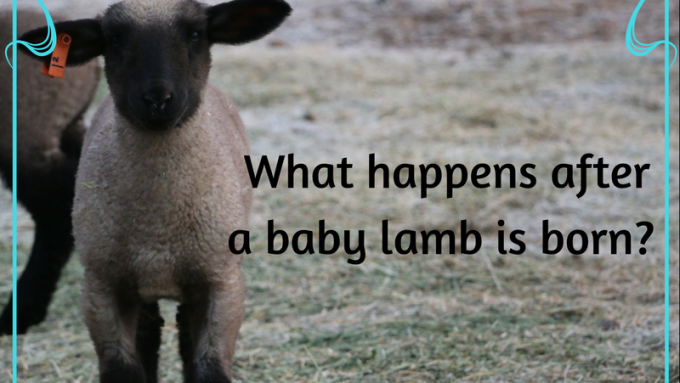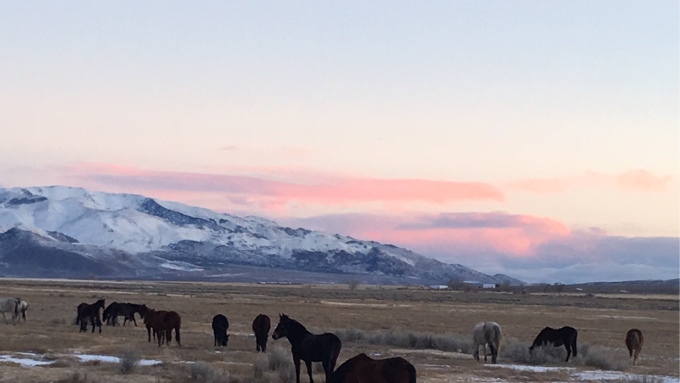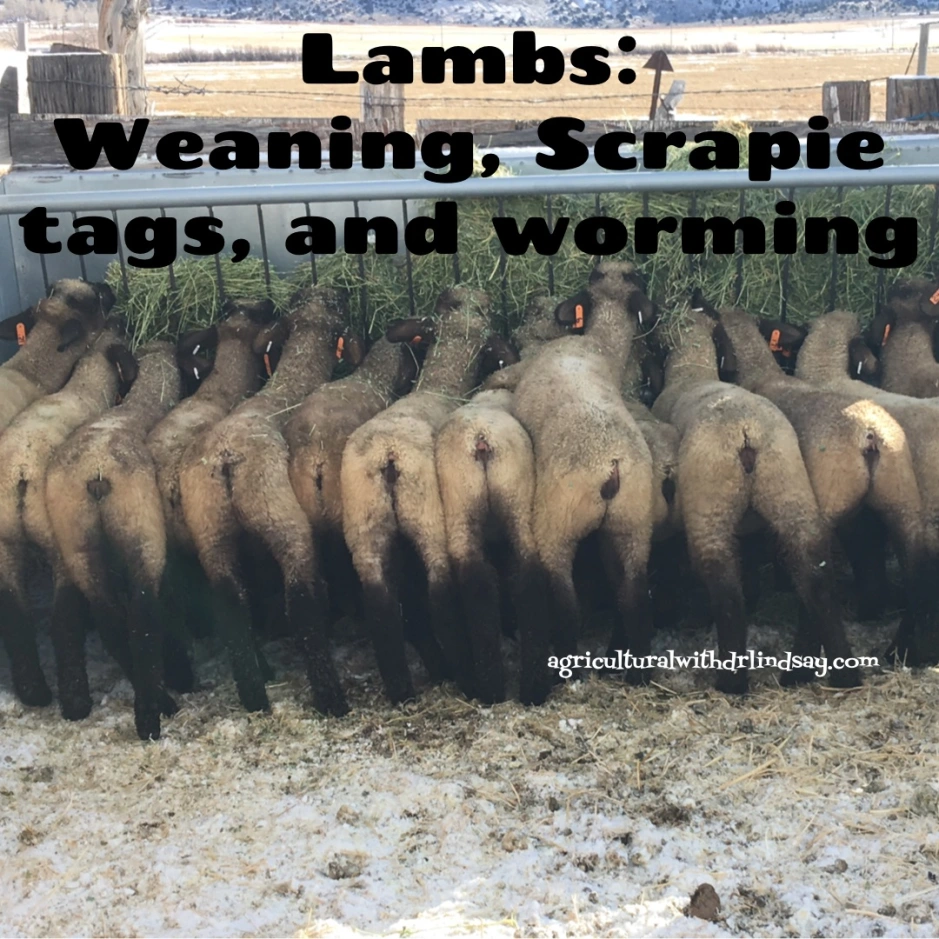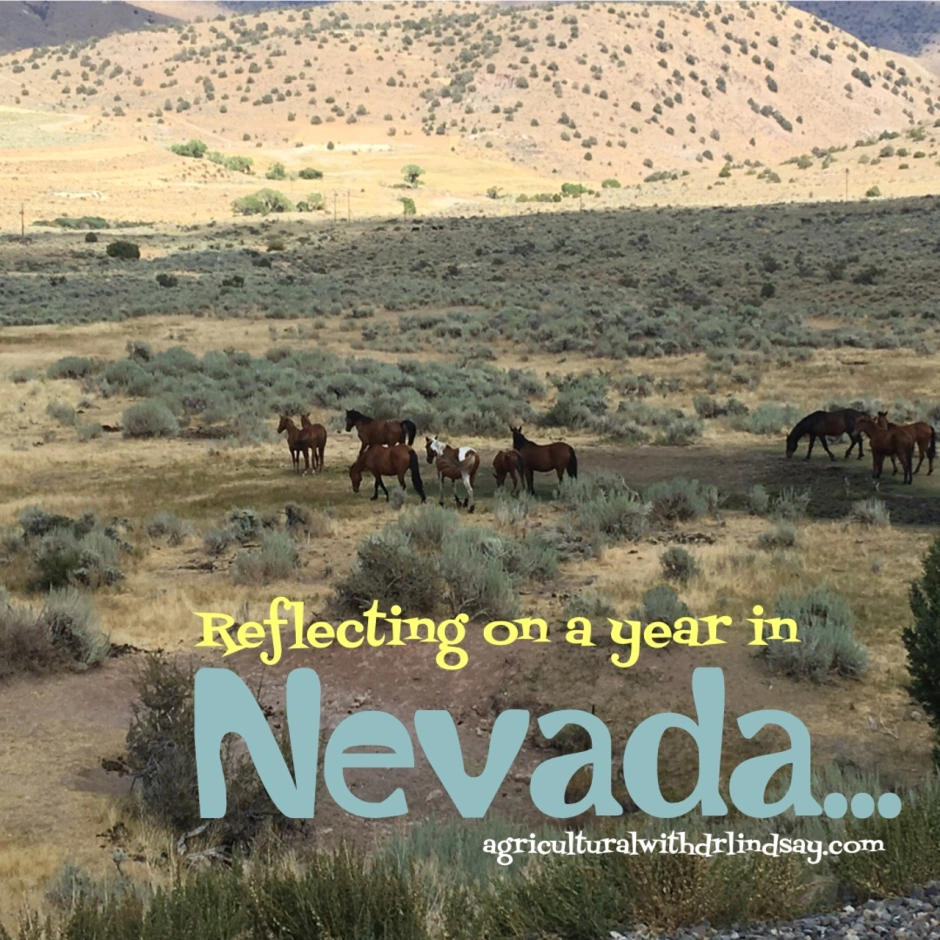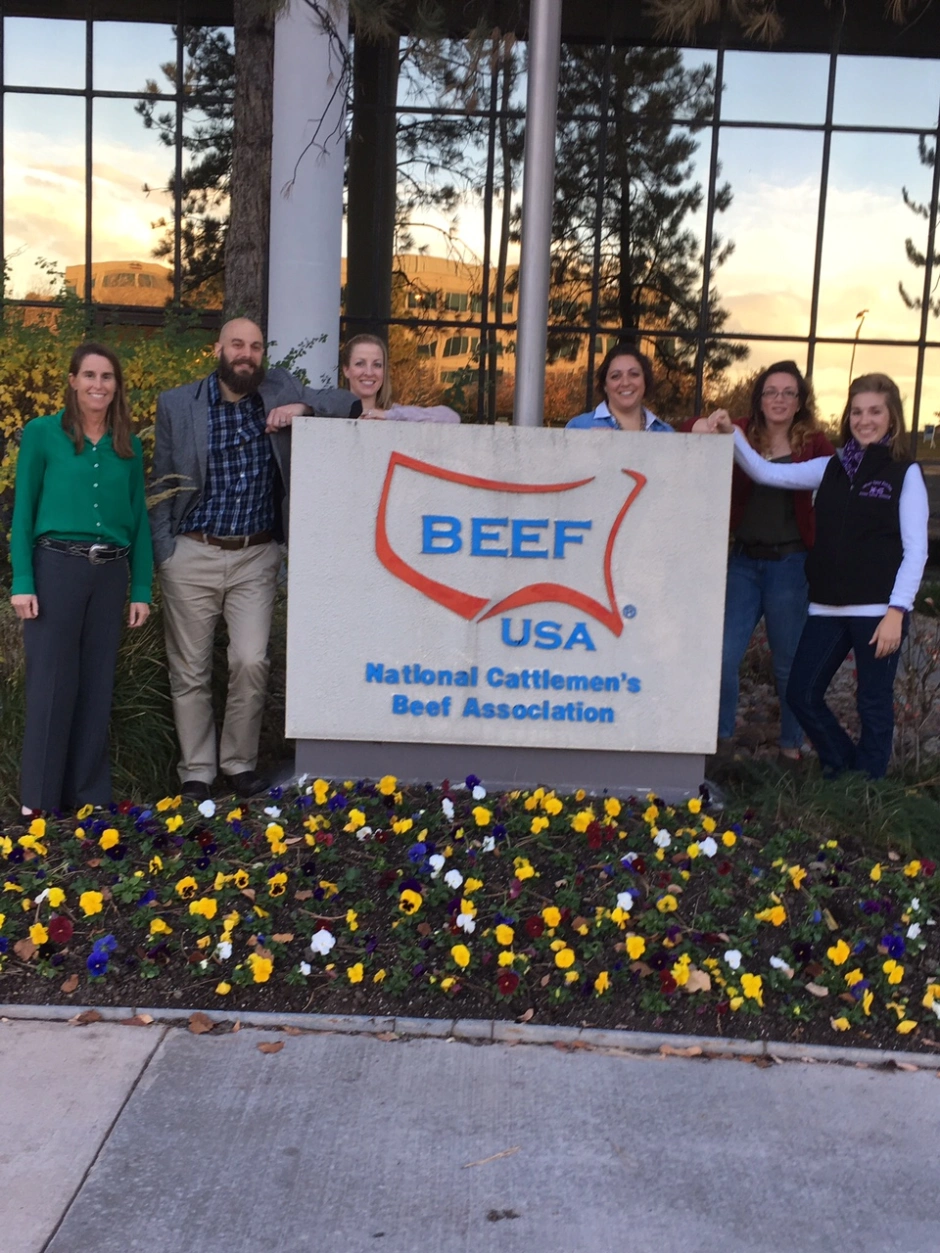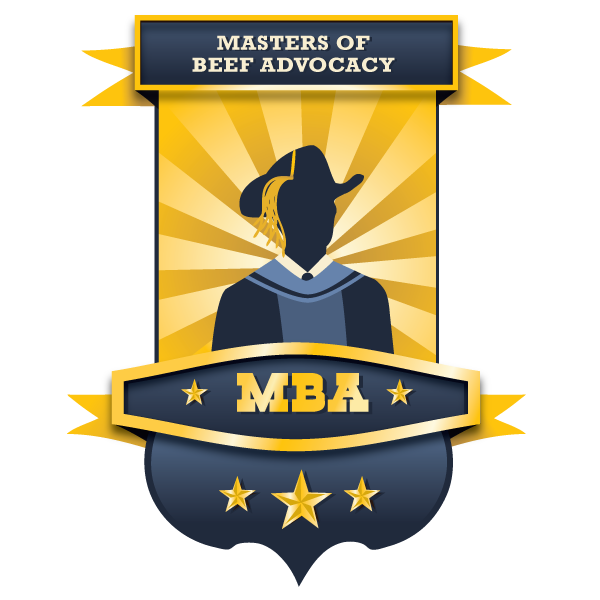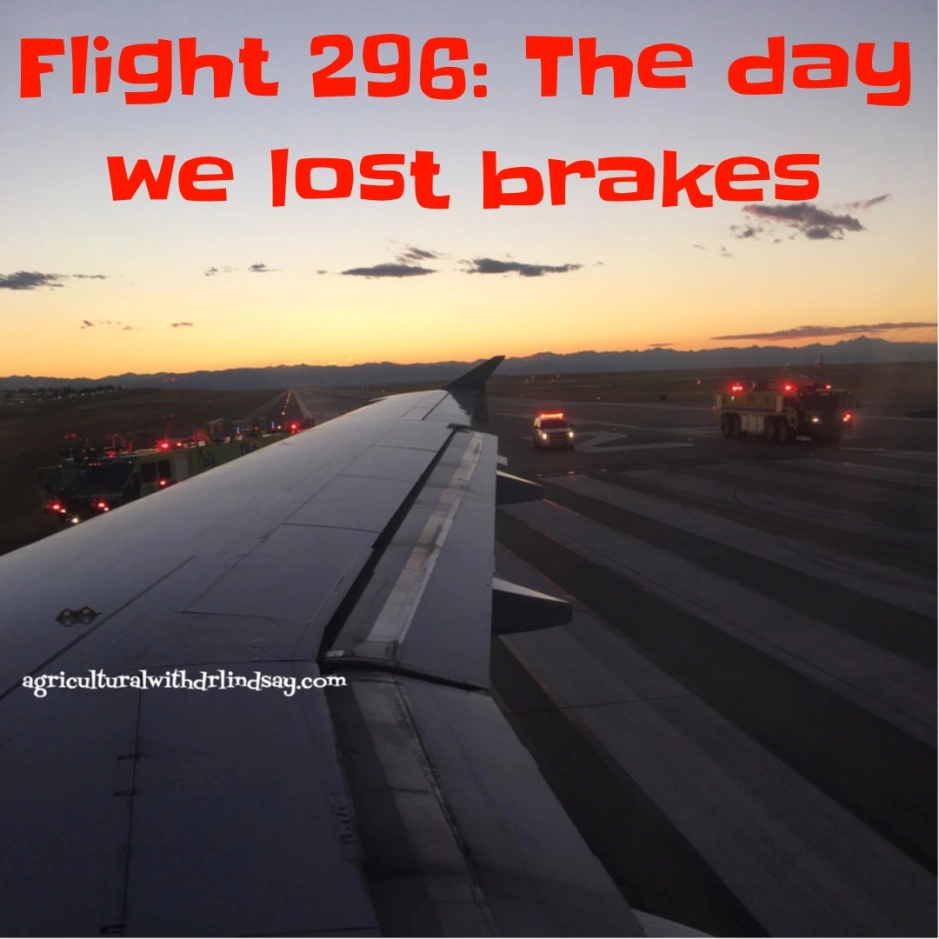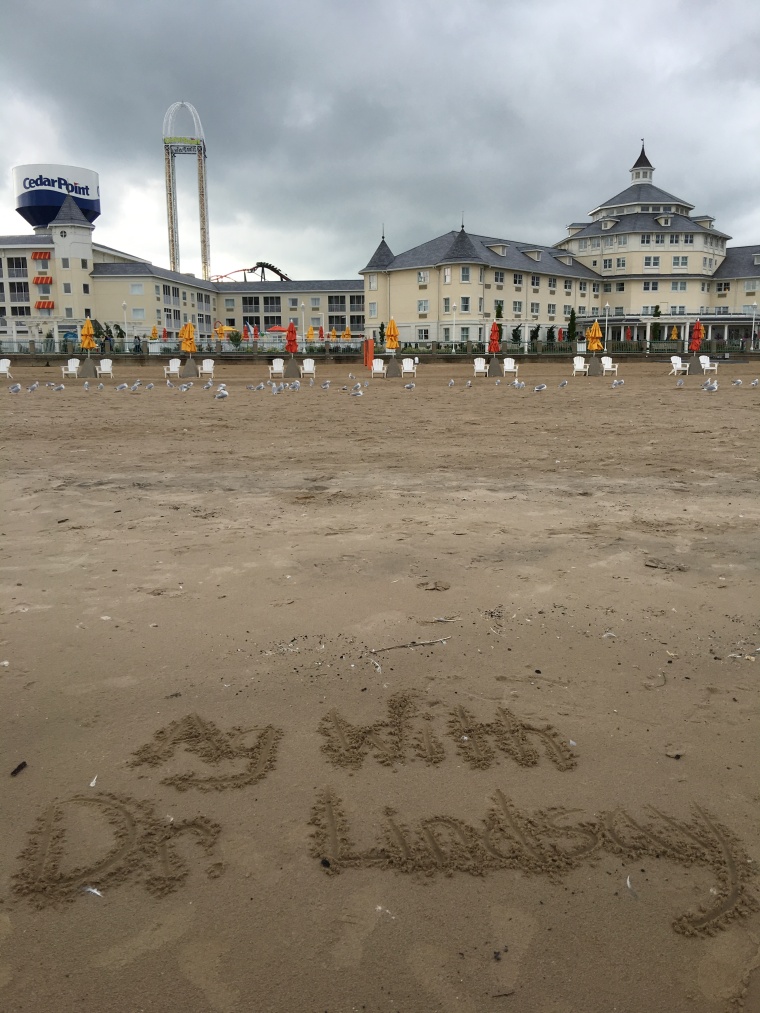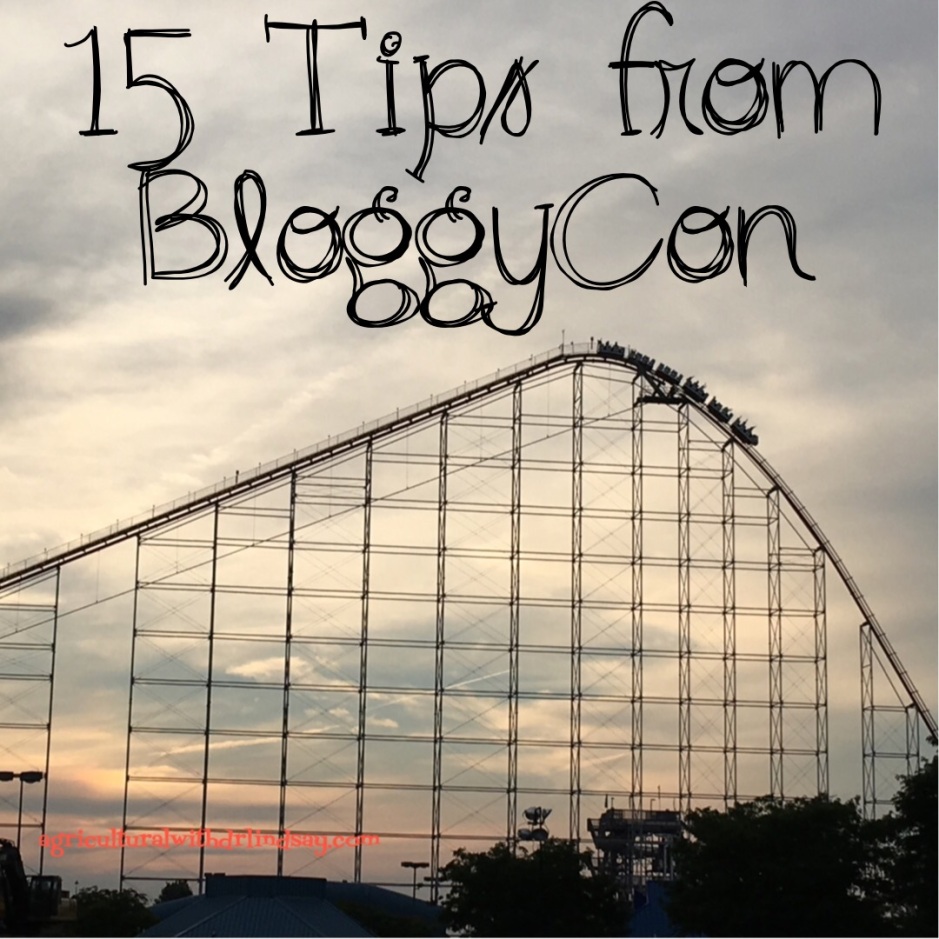Dr. Lindsay can also be found on: – Twitter/Instagram (AgWithDrLindsay) – Facebook – Pinterest
Lambs: Weaning, Scrapie tags, and worming
This past weekend I headed out to the ranch to help wean lambs. Weaning just means that they have become old enough and/or weigh enough to be able to flourish on their own, so they are separated from their mothers. For lambs, our rule of thumb is 60 days or 60 pounds, meaning they must be at least 60 days old to be weaned or weigh at least 60 pounds.
The ewes (the mamas) can start getting thin at this stage because these bigger lambs are still nursing and the ewes have a hard time maintaining their body weight and condition with these big lambs nursing them. The lambs at this age and stage are also eating hay and can graze, so it is time for them to be weaned. Plus, in a few short weeks excited 4-H members will come and select the lambs they will raise and show this year.
We sorted the lambs into two pens, one pen held lambs that met the 60/60 requirements and the other pen held the lambs that still need more time. Twenty-nine lambs were sorted into our wean pen and everyone else was let out to go eat their morning hay.
Luckily we started early enough in the morning the ground was still frozen and we could get the horse trailer backed up to the shed. We have gotten so much moisture in the last month that there is mud that is at least ankle deep. Once the horse trailer was in place we let the lambs out of their pen and they ran right to the trailer and loaded (yay for this going so well).
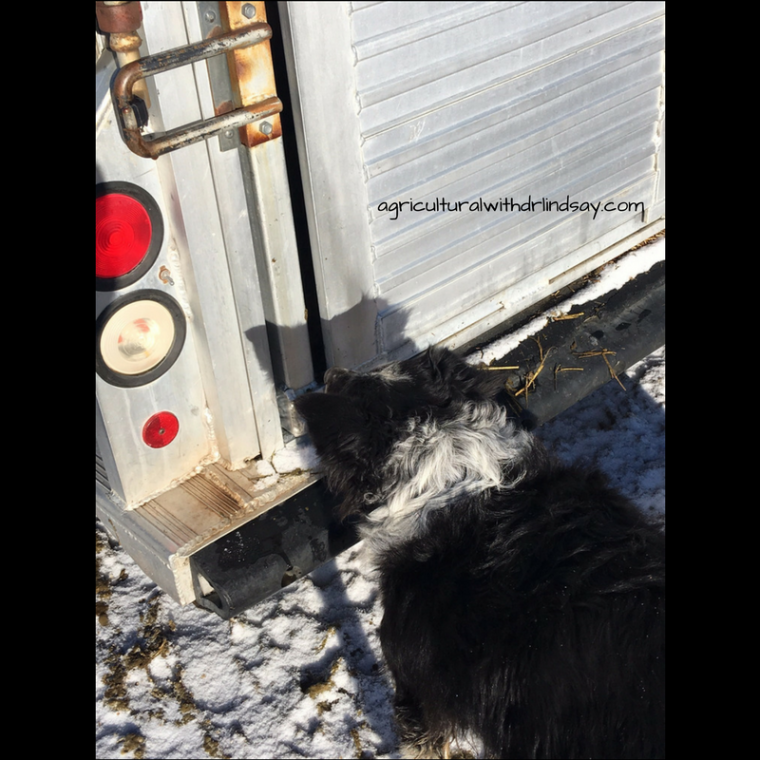
Now since we had them in a confined space (i.e. the horse trailer) we wormed them (they can get internal parasites from drinking out of running water sources, worming helps keep them healthy) and they got their Scrapie tags. Scrapie (pronounced scrape – e) is a fatal, degenerative disease of the central nervous system of sheep and goats, of which there is no cure. Other animal species can get a form of this prion misfolding disease too. In cattle it is bovine spongiform encephalopathy (BSE or “Mad Cow Disease”), in people it is variant Creutzfeldt-Jakob Disease (vCJD). The USDA (United States Department of Agriculture) has a national scrapie eradication program, and each state department of agriculture has a premise identification program. In the premises ID program, each animal rancher/farmer verifies what their address is and what species they raise. Before sheep (or goats) can leave where they were born they must be tagged with one of these tags, if there ever was a Scrapie outbreak, the animal could be traced back to its home ranch/farm. Fun fact – it is illegal to remove the Scrapie tag before an animal is harvested. That tag must remain in the animal’s ear for its entire life.

Once each lamb had been wormed and tagged with the Scrapie tag, the lambs were taken to their new home. A pen near where they had always been. They will stay in this pen until they go to a new home with the 4-H members, until any replacement ewes are big and mature enough to rejoin the flock, or they are harvested for meat. In this pen they have access to alfalfa hay, grain, and fresh clean water, as well as two sheds.

It usually takes a couple of days for the lambs and ewes to recover from weaning. The lambs learn how to eat hay and grain out of feeders and the ewes have a chance to start putting some weight back on that they may have lost while nursing. If the ewes get too thin they have a hard time cycling and breeding again.
Weaning lambs is a lot of work that requires all of us to get it done. But it is also rewarding because you can really see how well the lambs are doing and have pride in knowing that under your care they will reach their full potential.
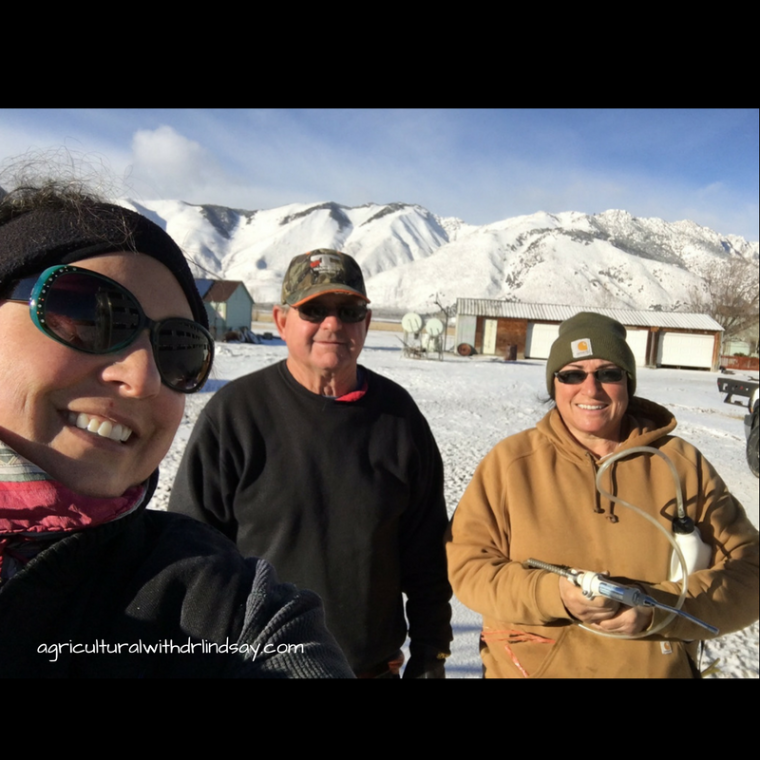
——————–
Dr. Lindsay can also be found on:
– Twitter/Instagram (agwithdrlindsay)
– Facebook
– Pinterest
Reflecting on a year in Nevada…
Happy 2017! I cannot believe how quickly 2016 came and went. So many people talked about what a terrible year it was. I thought it was a pretty great year. I thought I would take a moment to reflect on some of the 2016 adventures.
In December 2015 I announced in The Book of Life I had accepted a job with the University of Nevada Cooperative Extension and would be moving back home closer to my family.
We had some time in-between leaving Nebraska and when my new job started, so naturally we stayed with my parents. We were involved daily with the chores and animals on the ranch. And boy did it get cold, caring for baby lambs in freezing temperatures was certainly a priority.
The weather actually ended up delaying our moving truck, and needless to say we had to camp out in our apartment for about a week until our stuff arrived. It was kind of awkward to come home and night and not have anything (nothing) to sit on. But we survived and spent the next months unpacking…
We spent much of January and February settling into a new normal. The Hubs looked for work, and was actually able to get employment with the same security company he was with in Nebraska. We went to the ranch when weather permitted and enjoyed being able to help out my folks.
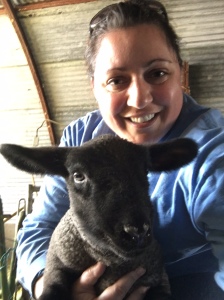
After almost six years to the date, the Hubs became an American citizen. Whew what a process that was. If it wasn’t for a fantastic immigration lawyer (and money, and time) we could not have done it. Hindsight is always something, but we put together a list of 10 immigration tips in case you ever need to go through the process yourself (or know someone who is), as knowing some of these things upfront would have been helpful.
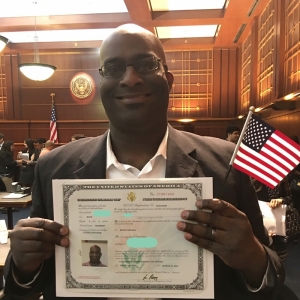
I became an aunt! My Mom and I made several trips to Wyoming to help my sister get ready for his birth, then to meet the little guy, then to spoil and cuddle him. He is seriously the most adorable kid ever… ok, I am probably biased, but he is pretty great, and cute. The whole family was able to spend Labor Day (for the folks’ 40th wedding anniversary) and Christmas together. We are eagerly anticipating the big cake smash birthday coming up.
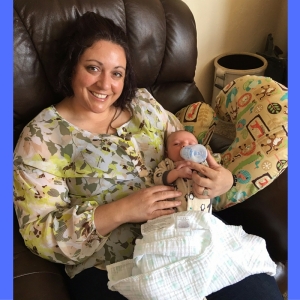
In March, we headed south and took advantage of the Death Valley Super Bloom. Neither of us had ever been there, but enjoyed the few days we had. Not only was it an excellent place to visit, but one we certainly will return to. Next time we go, we decided we would camp in the park instead of driving to the motel in a nearby town. We would also watch all of the sunrises and sunsets, as the ones we saw were fantastic. And we probably wouldn’t try to see every.single.thing in the park in one visit.
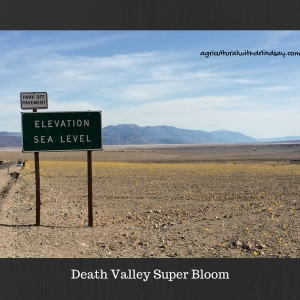
If you know anything about me from social media, you know I like to cook (and eat). I experimented a lot with clay pot cooking, and tried cornish game hens, meatloaf, and chicken with 40 cloves of garlic.
In July my office hosted the first-ever youth summer day camp. We spent a week highlighting some of the projects youth can do in 4-H and explored the great outdoors. We had so much fun that we will continue this camp and talked about adding a winter one as well.
Living in the Eastern Sierra Nevada mountain range gave us the chance to hike, swim, and explore areas near us. We didn’t make near enough time to enjoy as much scenic beauty and we wanted, but have been building our 2017 list of places to visit.

In the fall I had a ton of travel. I was fortunate enough to attend meetings and conferences where I could catch up with friends, as well as make new friends and learn new skills from events like BloggyCon and Top of the Class. I also was able to squeeze in a couple of fun trips too.
We bought a house! Apartment living was not for us. So we bit the bullet and bought our first home. Surprisingly, the process went much, much better in real life than I had imagined it would go. Yes, it seems we ended 2016 much the same way we started 2016, packing and moving. And let me just say that going through a move twice in one year is way too much. Two months later I am finally at the stage where I am hanging stuff on the walls and decorating.
2016 was a year of change and challenge, new beginnings, exploration, and family. I saw my family more in the past year than I had in the last six years. It was great being able to go 4-wheeling in the mountains, celebrate life events and holidays, and just hang out. On the work front, getting adjust to a completely new and different system has taken time, but we are once again full-staffed and everyone has learned their roles and responsibilities. I look forward to what 2017 will bring, and wish you all the best.
Dr. Lindsay can also be found on:
– Twitter/Instagram (agwithdrlindsay)
– Facebook
– Pinterest
Are you prepared for a flood?
There has been a lot of talk this week about the 1997 flood. Twenty years ago, on New Year’s Eve (1996) my Dad and I went goose hunting. We had set out our decoys and had a good early morning hunt, however, it started raining so we packed everything up, leaving the bags of decoys in a dry irrigation ditch. The next day we went back to get the decoys, as it was still raining. Three days later the rain finally stopped, but left massive destruction in its wake. I will never forget that flood and all of the unfortunate circumstances of those in its’ path. Now, as talk is recirculating about another flood, it may be time to familiarize ourselves with some good tips during floods. Information below has come from the Red Cross, FEMA, and the National Weather Service.
How do I know if my home/business is in a flood plain? The best local resource for information on flooding is Nevada Floods (you may have something similar in your states) Under “know your risk,” and then “will you flood?” you can put your address in, and the map will indicate your risk of flooding.
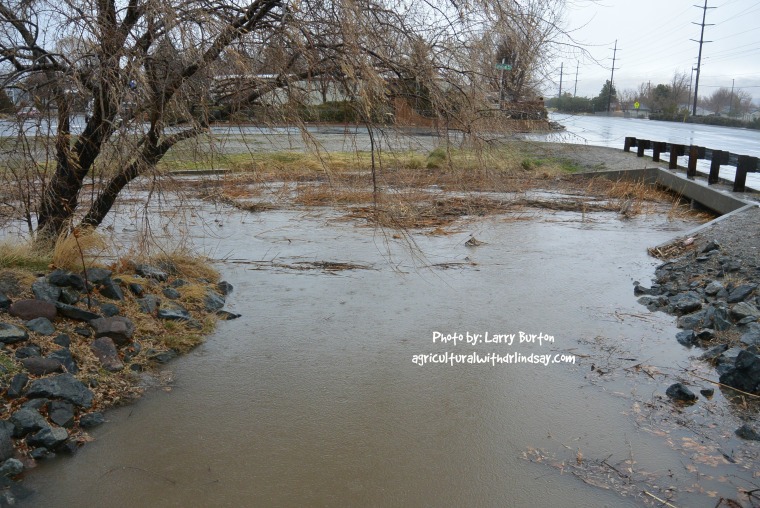
Flood watch means that flooding is possible in your area. You should be prepared to move to higher ground upon short notice. A flood warning means a flood is occurring or is about to occur. If advised to evacuate, do so immediately.
But do I really have to leave my home? If the danger is significant, local authorities may issue an evacuation notice to alert residents in an area that flooding will be or is occurring and it is important to leave the area. Evacuation orders vary by community and by state, and may range from voluntary to mandatory. When authorities issue a mandatory evacuation notice, leave the area immediately. If you have pets take them with you. If you cannot take them with you make arrangements to board them at a facility well away from flood danger. Keep in mind the Five Ps of Evacuation: people, prescriptions, paper, personal needs, and priceless items (these are more clearly defined below).
Before a flood:
- Water: At least a 3-day supply (one gallon per person per day and extra if you have pets)
- Food: At least a 3-day supply of non-perishable, easy to prepare foods
- Medications: At least a 7-day supply
- Medical items: Hearing aids and batteries, glasses, contact lenses, syringes, canes or other walking assistance tools, items for people with disabilities
- First aid kit
- Flashlight with extra batteries
- Rubber boots and rubber gloves
- Copies of personal documents (medication lists, important medical information, deed/lease to home, birth and/or marriage certificates, insurance policies, etc.)
- Cell phones and chargers
- Family and emergency contact information
- Extra cash
- Extra blankets, clothing, and shoes
- Baby supplies (bottles, formula, baby food, diapers)
- Pet supplies (collar, leash, ID, food, water, carrier, bowl, blankets, toys)
- Extra sets of vehicle and house keys
- Priceless items or valuables
- Rain gear
- Camera for photos of damage
- A NOAA weather radio which receives broadcast alerts directly from the National Weather Service
During a flood:
- Listen to the TV and/or radio for flood warnings and reports of flooding
- Check web sites (for example, National Weather Service)
- Be prepared in case there is a power outage, have electronic devices charged
- Take advantage of sandbags if your home/business is in a flood prone area – be prepared, as these take longer to fill than you might think. See Sandbagging Techniques for information about how to fill and place sandbags
- If you have a basement, make sure your sump pump is working, consider a backup battery operated one if necessary
- Clear debris from gutters or downspouts
- Cautiously clear small items out of waterways, anything bigger than a tumbleweed should be removed by an emergency service person
- Anchor any fuel tanks and outdoor furniture
- Move important documents and valuables to a safe place
- Be prepared to evacuate at a moment’s notice
- When a flood or flash flood warning is issued for your area, head for higher ground and stay there
- Do not try to walk in flood waters, just six inches is enough to knock you down
- Do not try to cross a flooded road, turn around and find an alternative route. Most cars can be swept away by less than two feet of water
- Keep children out of the water
- Be especially cautious at night when it is harder to recognize potential dangers
- Know your evacuation routes (several may need to be identified) and have a place to stay
- Ensure your vehicle has a full tank of gas and is ready to go if you need to leave an area quickly
- If you do not have a place to go, contact the city to determine where evacuation shelters are located
- Establish a communication plan with family – determine ahead of time where you will meet or go if you should get separated
- Use text messaging or social media to let friends and family know you are safe
If you should happen to get trapped in a building, vehicle, or outdoors during a flood, get to the highest spot you can and try to signal or call for help.
After a flood:
- Only return home when officials have declared the area safe
- Shut off utilities until it can be determined that they do not pose a risk
- Use flashlights, not lanterns, torches, or matches to examine buildings, as open flames may cause a fire or explosion if gases have been leaking
- Before entering your home, look for loose power lines, damaged gas lines, foundation cracks, or other damage
- If you smell natural or propane gas or hear a hissing noise, leave immediately and call the fire department
- If parts of your home are collapsed or damaged, approach carefully
- During cleanup, wear protective clothing, rubber gloves, and rubber boots
- Be especially cautious of mold, asbestos, or lead paint contamination
- If food or water have come into contact with floodwater, discard these items
- Work with your insurance company if you have flood insurance
- Let people know you are safe
Unfortunately we cannot prevent floods, but we can prepare for them. Having a plan in place and communicating that with people closest to you will help ensure peace of mind and safety.
Dr. Lindsay can also be found on:
– Twitter/Instagram (agwithdrlindsay)
– Facebook
– Pinterest
Best of 2016… Agriculture to art
My blogging took a backseat this year after moving from Nebraska to Nevada and getting settled in out west. Resettling took more time than I thought, but that is a post for next year 🙂
I look forward to getting back on track and bringing great stuff to you in 2017. Until then, I wanted to share some of the best posts of 2016, as well as some all-time favorites.
Top 5 posts written in 2016…
- Does freezing meat make it more tender?
- Meat: To wash or not wash?
- Robot butchers? Technology coming to your table
- Grain Silo Art
- Clay pot cooking: Cornish Game Hens
Reader all-time favorites…
- Is the beef industry sustainable: A look at grass-fed, hormones, growth promotants, and more
- No added hormones & no antibiotics – meat labeling terms (3)
- Chicken ears – the better to hear you with…
- Why is there a hole in that steer?… Fistulated Fun Fact Friday
- Organic vs. Natural Programs – meat labeling terms (2)
- Processed meats and cancer: Fearmongering or true concern?
And because I just like these…
- Growing up a rich rancher’s kid
- Poop patty… Is there fecal material in your hamburger?
- Caring for livestock in cold temperatures
- Dark cutting beef… Fun Fact Friday
- Butchers, are you talking to yours? 21 conversations you should be having (if you are not already)
I hope you have a happy and healthy New Year!
Dr. Lindsay can also be found on:
– Twitter/Instagram (agwithdrlindsay)
– Facebook
– Pinterest
Meet Beef’s Latest Top of the Class
In October, I had the opportunity to spend a couple of days at the National Cattlemen’s Beef Association (NCBA) headquarters in Denver, Colorado, for an in-depth, beef advocacy training called Top of the Class. Originally, I was actually supposed to attend last year, but with moving to Nevada they let me postpone, and I had to postpone again this past spring as I was already committed to another event. I am sure the people in those classes were great, but I am very glad I got to meet four other persons with whom I could share this great experience.
One of the requirements for Top of the Class is to complete the Master of Beef Advocacy (MBA) Training. This training does a great job going through all of the major points of the beef lifecycle, as well as sharing the facts and research. One of the greatest things, once you are a MBA grad you can download the app, which has all of the resources and materials in a handy little location.
Top of the Class helped us practice our media interview skills (always a challenge when the hard questions start coming at you), practice live cooking show skills where we prepared Cuban Crispy Shredded Beef, a planned-over. Additionally, we met with many of the great folks at the NCBA and went over our online goals, our web presence, honed in on our niches, and so much more. This was very helpful for me, as blogging has taken a back seat this year as I have been working to get my career going in Nevada. But fear not, I now have a plan, and am ready to get 2017 back on track.
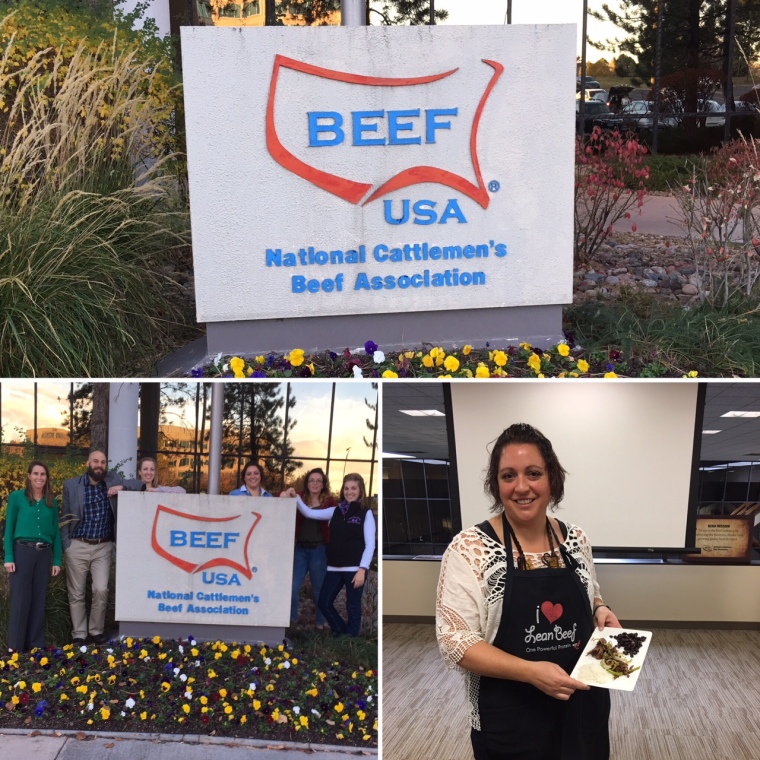
One of my Top of the Class comrades did an excellent job of introducing our classmates (yours truly included) to his readers at Top of the Class Beef Advocacy Training. I thought it would be fun to introduce Johnny Prime (Johnny Prime Steaks) to all of you…

Johnny Prime, a meatatarian if there ever was one. Johnny is based in New York City, and has what can be argued is one of the greatest jobs ever… He is a steakhouse reviewer! As he takes one for the team in this terrible job (add sarcastic font here), he provides reviews on where to find a juicy, tender, and delicious piece of meat in NYC, as well as around New Jersey and the Long Island area. Additionally, Johnny provides commentary on fine eateries, cooking tips, recipes, cooking videos, general meat information, and more. And, not only does he take meat and food photography very seriously, he is funny and provides a ton of foodporn photos for your viewing pleasure. Johnny is a tremendous advocate for the beef and meat industry, and has really dedicated the time to learn about and understand the intricate details of cattle ranching and farming. I very much appreciate Johnny’s quest to learn about the facts and truth when it comes to agriculture instead of believing the buffet of lies and fearmongering out there. Thanks for being a friend of meat and agriculture Johnny Prime!
As you can see, beef lovers and advocates are on each coast and everywhere in between. I encourage you to check out and follow these fine folks, they share some great information. Finally, I would be remiss if I failed to mention that Johnny Prime did a nice feature piece on one of the beef industry’s finest, Meet your meat: Anne Burkholder (Feedyard Foodie). Anne was not only one of the instructors for our training, but is a mentor to many.
Thanks to the Beef Checkoff (cattle ranchers and farmers) for making this possible.
Dr. Lindsay can also be found on:
– Twitter/Instagram (agwithdrlindsay)
– Facebook
– Pinterest
My MBA is different than your MBA…
MBA… You probably instantly thought of a Master of Business Administration, but there is another MBA that you should take notice of, especially if you are an agriculturalist or someone who is interested in learning more about the beef industry. The Masters of Beef Advocacy – which will be the MBA I refer to in this post.
Fun fact… when I was in grad school, the National Cattlemen’s Beef Association (NCBA) rolled out the very first ever Masters of Beef Advocacy program. As a graduate student at West Texas A&M University we completed it as a collegiate pilot program. Over the years, my email address changed, I moved around a lot, and let my MBA training fall through the cracks. Recently, I had the opportunity to complete the MBA 2.0. Yes, a complete update and remodel of the one I had seen years before. Completing the MBA 2.0 was a prerequisite for the Top of the Class Program hosted by NCBA, of which I had the honor of being a part of recently (more on that coming soon).
It was fun and informative to go through the “all things beef” modules again. I will always be a lifelong learner, so brushing up on the information and reacquainting myself with the statistics and facts was advantageous as a beef and agriculture advocate. Plus, over the years, research changes, perceptions changes, and the entire beef industry continues to change and morph. Being aware of the latest information and research being conducted is important to me.
If you are interested in learning more about the beef industry as a whole, then this training is for you. If you are interested in learning more about sustainability, then this training is for you. If you are interested in learning more about beef’s role in a healthy diet, then this training is for you. Not only can you too earn a MBA, you can do it for free! That is right, thanks to the great American cattle producers and the beef checkoff, this training is free to you. Where else can you get a MBA for free?!
As my friend, Daren Williams (NCBA Senior Executive Director, Communications) said, “Thanks for earning your MBA after already completing your PhD.”
———————————————————–
Dr. Lindsay can also be found on:
– Twitter/Instagram (agwithdrlindsay)
– Facebook
– Pinterest
Putting out fires at Lake Tahoe: Wordless Wednesday
Flight 296: The day we lost brakes
Everything we do in life has a certain amount of risk associated with it. Travel is one of those things.
Recently I was flying home after attending BloggyCon. I had had a layover in Denver, so I grabbed a late lunch and boarded the plane just like normal. It was essentially a typical non-eventful air travel day. As we pushed away from the terminal and started heading out to our runway the pilot quickly stopped the plane. I had an isle seat, but I did’t think much about it, as it is not uncommon for pilots to stop quickly. However, we did not move again. A guy sitting on the other side of the isle against the window says, we are in the grass. At first I didn’t think I heard him correctly, “In the grass?” I ask. He confirmed it. The pilot then makes an announcement that says our aircraft had lost brakes and he put the engines into emergency reverse mode, hence the quick stop.

Since that day I have had several people ask me what the atmosphere was like on the plane. It was calm. No one screamed, no one was hurt. It didn’t take us long to figure out that we were very glad we lost brakes while still on the ground as opposed to landing in Reno. As we sat on the plane, a maintenance crew worked on the brakes below us and the pilot gave updates as he knew them. The flight crew did their best to answer questions and provide information. Everyone got to know their neighbors. There was a sense of togetherness and camaraderie with the people near me.
It was finally decided that the plane could not be towed back to the terminal at that time. They were going to evacuate the plane and bus us all back to the terminal. We unloaded the plane from the rear. They had numerous emergency service professionals to assist us as well as the flight crew and the airport representatives waiting for us. We all made our way onto buses that took us back to the terminal.

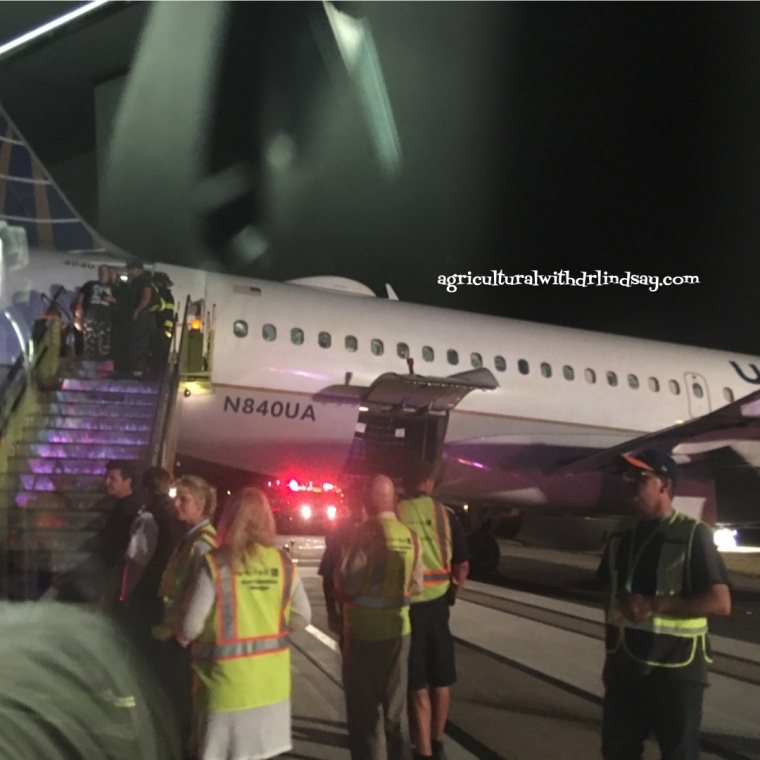
We were greeted in the terminal with water, meal vouchers, and confirmation that we would be boarding another plane that night headed to Reno. Everyone seemed relieved we would be heading home and that we weren’t going to be staying overnight in Denver.
The second plane finally arrived, we reboarded with a new flight crew. This flight went just as planned, and we had a safe landing in Reno. Although this incident caused about a three hour delay, it is safe to say that I personally was very glad to find out we did not have brakes in Denver before we took off. I cannot even imagine what the possible outcome would have been had we discovered that when we landed in Reno. I think every person on that plane probably spent a few minutes reflecting on what is important in their life and thanked someone or something for giving us a positive outcome.
I boarded another plane this week. The reward outweighed the risk for me.
I wanted to give a shoutout to United airlines (the airline I happened to be flying during this incident), as they did an excellent job handing a volatile situation. They provided continuous updates, were friendly and helpful, sent a survey about our experience immediately, and offered points or a cash credit toward our next flight. It was a good case study in crisis communication.
Disclaimer: United Airlines has in no form or fashion compensated me for writing this post. I am just glad to be here today to share my story about United flight 296.
Have you ever had a close call when traveling?
Dr. Lindsay can also be found on:
– Twitter/Instagram (agwithdrlindsay)
– Facebook
– Pinterest
Cedar Point… Wordless Wednesday
15 Tips from BloggyCon
I recently had the opportunity to attend my very first blogger conference. I wasn’t sure what to expect as I am not a “mommy blogger” nor do I sell stuff through my blog. Nonetheless I signed up, and off I went to Sandusky, Ohio for my first BloggyCon.
Below I wanted to share some of the best takeaways for me. These are things I hope to continue doing, start doing, or do better in the future.
- Podcasts – keep them between 10 and 15 minutes.
- Present yourself – what is your story? Everyone has a story. Be real and share your story.
- Take the time to work on content and schedule it, then it frees up time for other things and helps remove the guilt about not posting regularly.
- Perfection is the enemy of production – sometimes you just have to jump into the deep end and go with it.
- Don’t be afraid to go back to old blog poststhat are performing well and re-purpose them into additional or follow-ups posts, podcasts, webinars, etc.
- The ideal blog post should take 7 minutes or less to read and be 500-750 words with pictures.
- Solve a problem for your audience. If you have a talent or skill make a video and share it. “How to” videos on YouTube are tremendously popular.
- Use the YouTube thumbnails when posting a video.
- Do not spend more than 15 to 30 minutes editing a video. Don’t let perfect be the enemy of good.
- You don’t have to have expensive equipment to produce a good product.
- Facebook Live videos are being prioritized over other content… Be there.
- Go live for 10-15 minutes on Facebook Live.
- Use good keywords and do not ever include a hashtag in a Pinterest post.
- Blog post titles should be around 60 characters
- Take advantage of internal linking. Go back through old posts and link in newer stuff (and vice versa) that you have written that relates to it.
This conference focused a lot on monetizing your blog, which is something I cannot do at this point. However, I learned a lot at BloggyCon and need to spend a day or two going through my social networks making various changes. I also met some great ladies that I look forward to keeping in touch with, and will perhaps see again someday. And to top it off, the location for this conference was fantastic.
Have you ever attended a blogging or social media conference? If so, which one was it?
Dr. Lindsay can also be found on:
– Twitter/Instagram (agwithdrlindsay)
– Facebook
– Pinterest

